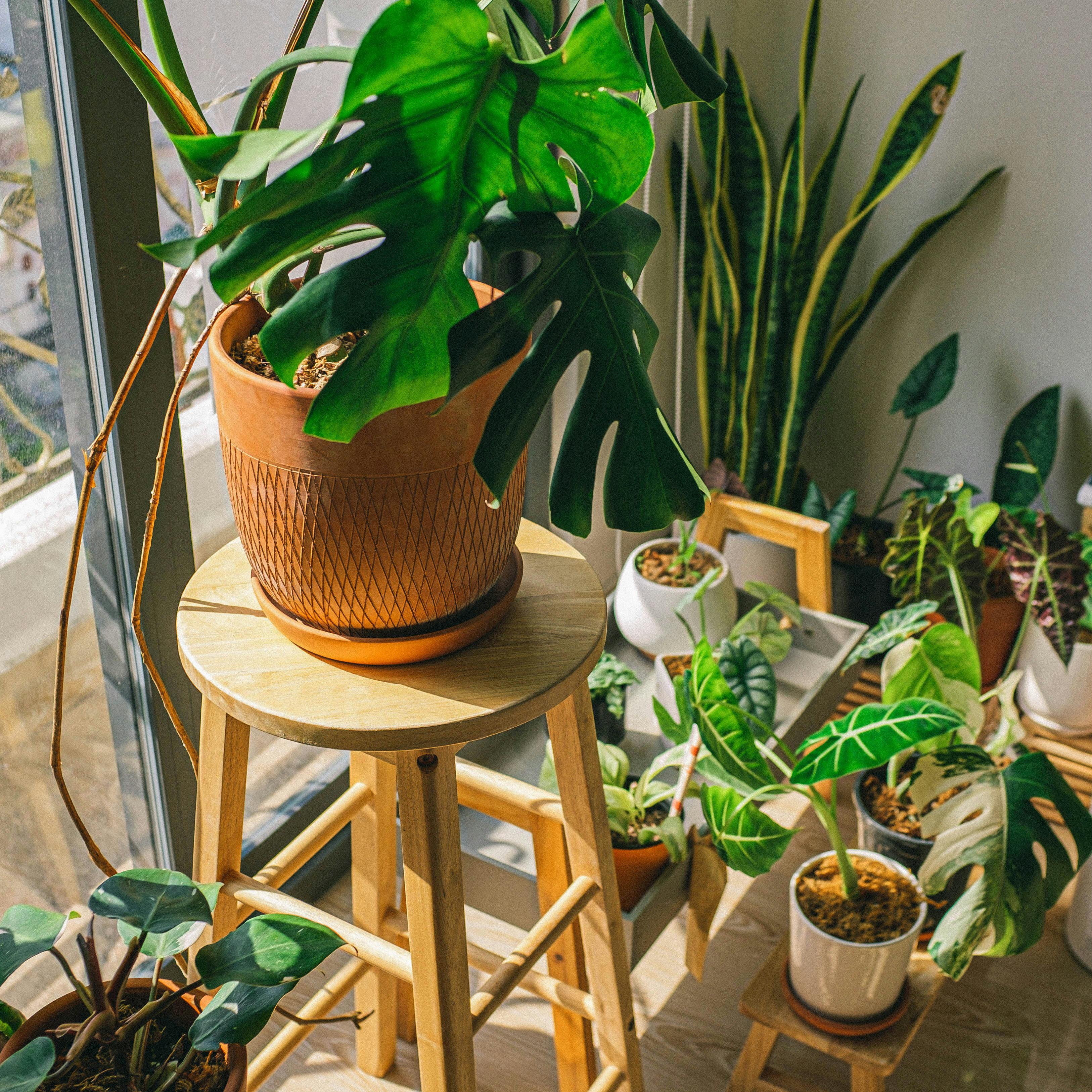Your houseplants deserve the best care, and sometimes that means going natural with their fertilizers. You might be surprised to learn that you can nourish your plants using everyday items you already have at home. Not only is this approach eco-friendly, but it also saves you money while ensuring your plants thrive.
Benefits of Natural Fertilizers for Houseplants
Natural fertilizers improve your houseplants’ growth without harmful chemicals. These benefits surpass those provided by synthetic options.
The Role of Organic Materials in Plant Health
Organic materials like compost and kitchen scraps enrich soil. They provide nutrients slowly, which helps roots absorb them effectively. Organic matter enhances soil structure, retention, and microbial activity, thus promoting overall plant health.

Advantages Over Chemical Fertilizers
Natural fertilizers reduce the risk of root burn since they release nutrients gradually. They also enhance soil quality over time, promoting sustainable plant growth. Unlike chemical options, natural fertilizers are eco-friendly, reducing environmental impact. They are also cost-effective, often utilising waste products from your home.
Common Natural Fertilizers and Their Benefits
Compost
Compost is ideal for houseplants. It enriches soil with nutrients and improves its structure. Use kitchen scraps, garden waste, and other organic materials. Breaks down slowly, providing steady nutrition.
Coffee Grounds
Coffee grounds boost nitrogen levels. Mix them into the soil or use as a top dressing. They also improve soil aeration and drainage. Be sure to rinse used grounds to avoid acidity.
Eggshells and Banana Peels
Eggshells add calcium, which strengthens plant cell walls. Crush them and mix into the soil. Banana peels provide potassium, aiding growth. Cut them into pieces and bury them near roots. Both methods enrich your soil naturally.
Step-by-Step Guide to Fertilizing Houseplants Naturally
Using natural fertilizers keeps your houseplants healthy and thriving. Follow these steps for optimal growth.
Determining Your Houseplant’s Needs
Identify the type of houseplant you have. Each plant has specific nutrient requirements. For instance, leafy green plants need more nitrogen, while flowering plants require more phosphorus. Observe your plants for signs of nutrient deficiency. Yellowing leaves often indicate a lack of nitrogen, whereas stunted growth could suggest a phosphorus shortage.
How Often to Apply Natural Fertilizers
Apply natural fertilizers every 4-6 weeks. Frequency depends on the plant’s growth cycle. During active growth periods, like spring and summer, more frequent applications are beneficial. Reduce frequency in the dormant months, such as fall and winter.
Tips for Optimizing Plant Health
Caring for houseplants naturally requires some attention. Implementing these tips ensures your plants stay healthy and vibrant.
Monitoring Plant Responses
Check leaves for color and texture changes. Yellowing leaves often signal nutrient deficiencies. Wilting may indicate over or under watering. Growth rate changes might suggest a need for more or different nutrients. If leaves drop, inspect for pests or other stress factors.
Adjusting Fertilization Techniques Based on Season
Increase fertilization in spring and summer. Plants actively grow during these months, needing more nutrients. Reduce or pause fertilization in fall and winter. Growth slows, so excess nutrients can accumulate and cause harm. Adjust frequency based on your houseplants’ specific needs during each season.
Conclusion
Using natural fertilizers for your houseplants is a fantastic way to boost their health and soil quality. By paying attention to your plants’ nutrient needs and growth cycles, you can ensure they’re receiving the right care at the right times. Remember to monitor for any signs of nutrient deficiencies or watering issues, and adjust your techniques accordingly. With a little effort and observation, your houseplants will thrive naturally, bringing more greenery and joy into your home. Happy gardening!









